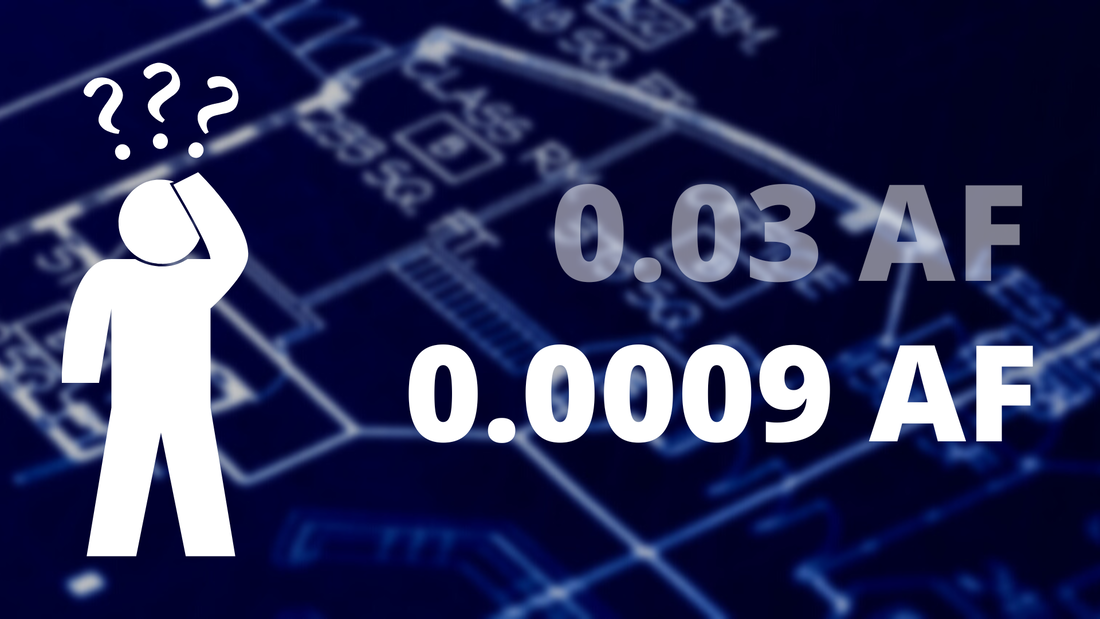California Vapor Intrusion Blog
This California Vapor Intrusion (VI) Blog provides updates on CalEPA’s rule development process associated with increasing attenuation factors (AFs) for volatile organic compounds. Winefield & Associates contends that the proposed new AF standard of 0.03 is neither scientifically sound nor necessary. As such, the blog will provide scientific and regulatory data with the goal of developing sane VI criteria that remain protective of human health while not thwarting California development, especially as California experiences a severe housing shortage.

